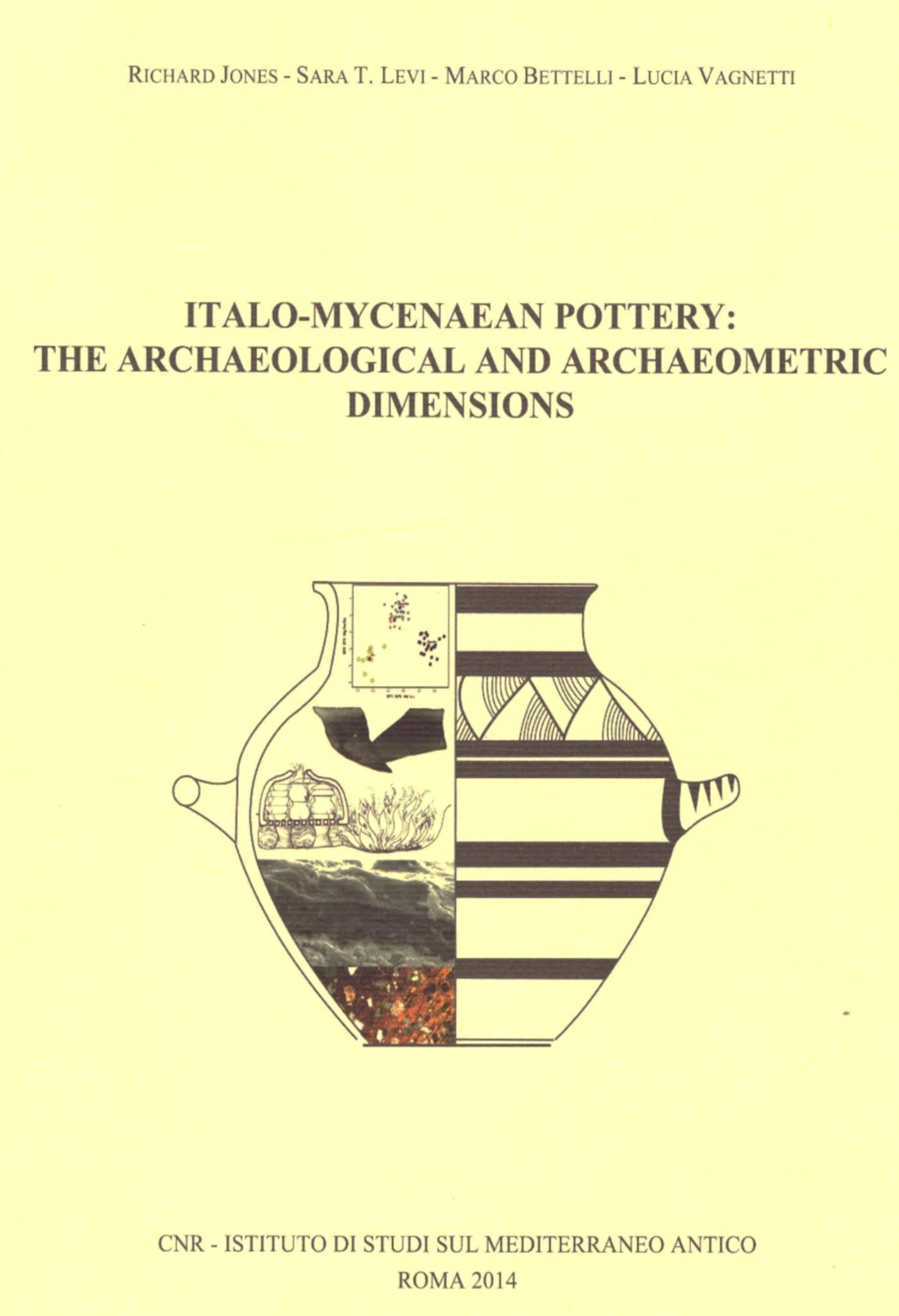Decorated Mycenaean pottery Richard Jones
Decorated Mycenaean pottery, dating to the second half of the second millennium BC, is well known outside its homeland, not least for its occurrence in the East: Cyprus, the Levant and Egypt. By contrast, finds of this pottery were much less frequent in the West until the 1980s when the situation changed dramatically: pottery of Mycenaean type was found, sometimes in relatively large quantities, at excavations particularly in the south of Italy as well as further north and on Sardinia. There are now over a hundred findspots of this pottery across Italy.
The first phase of the investigation was this pottery’s typological and stylistic recording. This raised a fundamental question about its status: was it imported from the Mycenaean Mainland and Crete or was it made where it was found by emigrant Mycenaean and subsequently local potters? Chemical analysis resolved this question by showing that it was mostly imported, in small quantities from different centres in Greece, in the early phases of the Late Bronze Age but that local production – hence the new term Italo-Mycenaean pottery - was the norm thereafter.

Thereafter the investigation followed three directions:
- understanding, first, how technology transfer took place, that is, from the (local) tradition producing pottery by hand, with no painted decoration and simple firing to one that required appropriate clay, use of the wheel, decoration with iron-based pigments and controlled firing probably in a kiln.
- Second how the appearance of this high-status pottery correlates with major changes taking place in Italian society at that time, and
- third Italy’s involvement in the international phase of the Late Bronze Age that saw widespread interconnections between centres in the east and central Mediterranean.
Richard Jones' collaborators were based at the CNR Istituto di Studi sul Mediterraneo Antico and the University of Modena.

